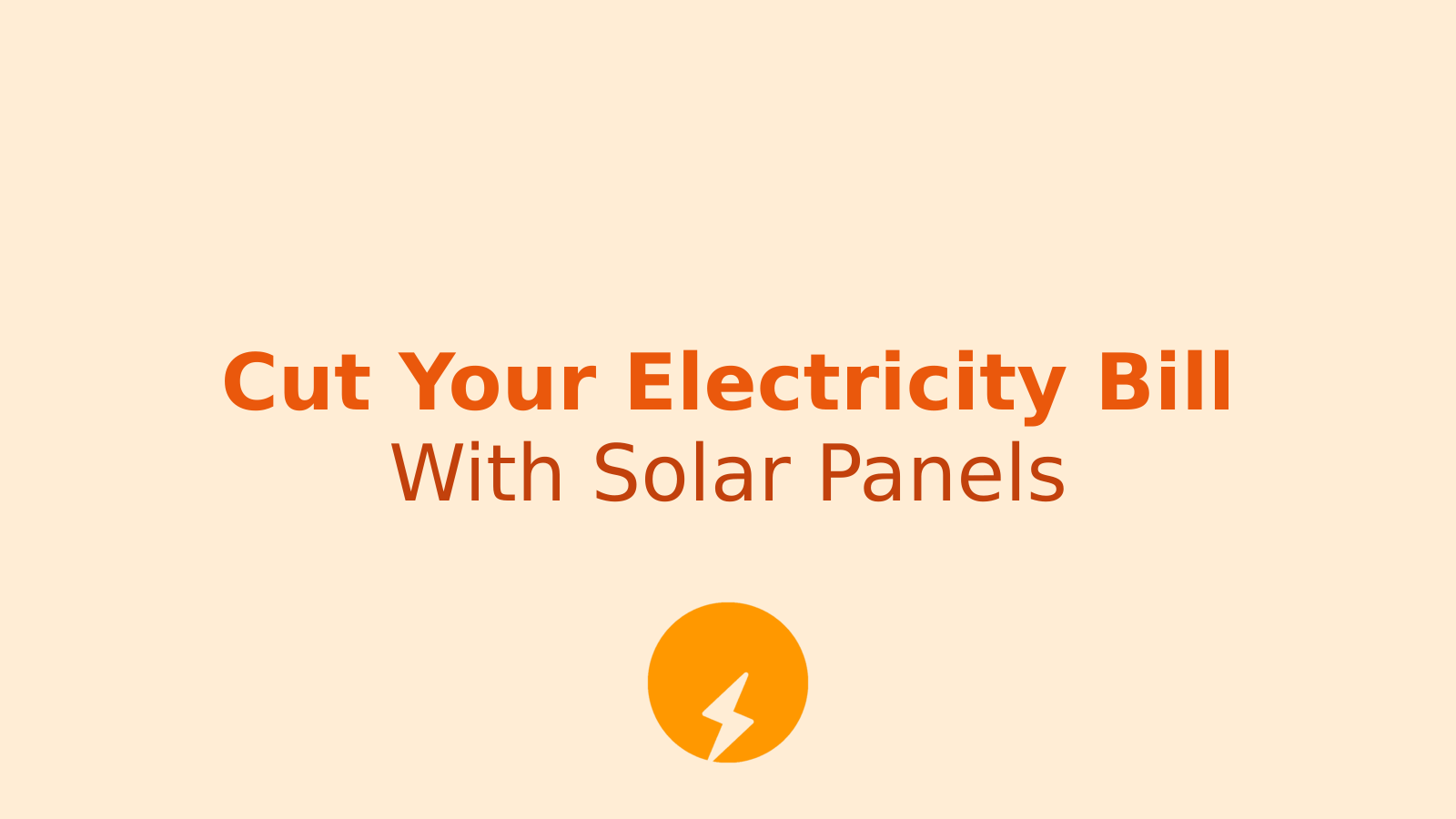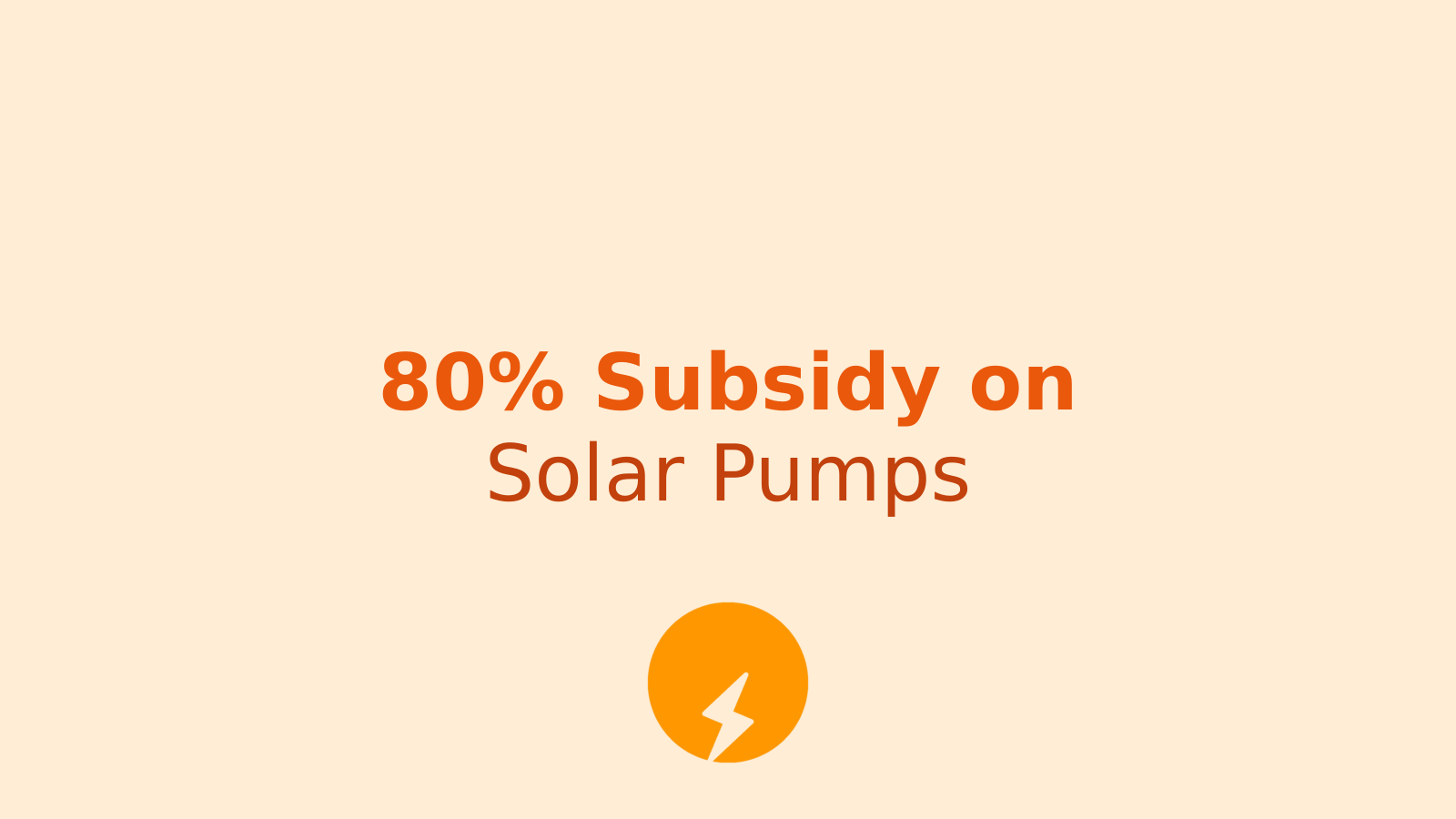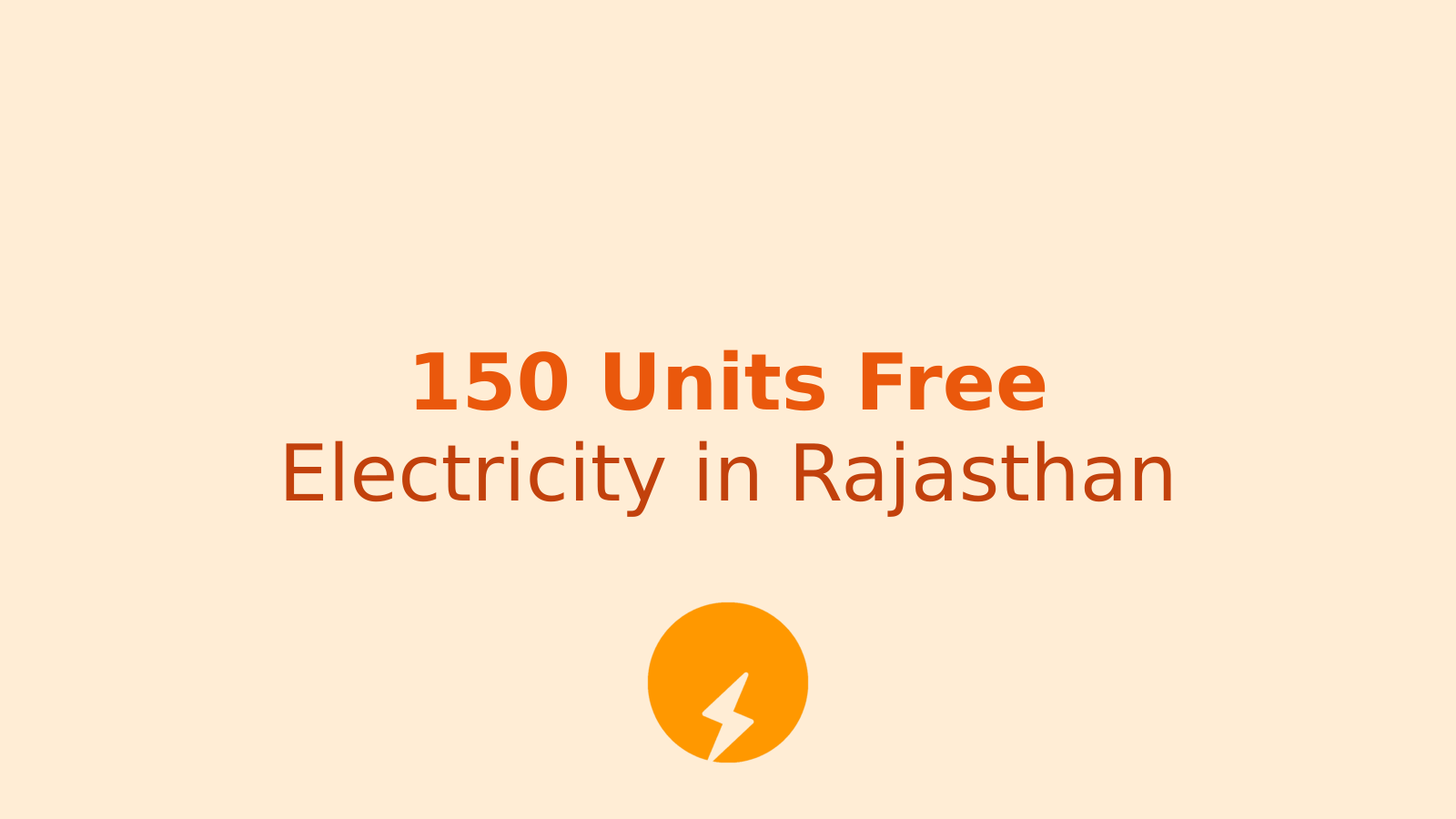Rising electricity bills can put a dent in your monthly budget. But what if you could generate your own power and watch those bills drop? The PM Surya Ghar Free Electricity Scheme makes this possible for Indian households. This government initiative brings solar energy to your rooftop and money back to your pocket.
The Electricity Department is rolling out this scheme across the country at a fast pace. The goal is simple: help families switch to clean energy while saving thousands of rupees each year.
What Does This Scheme Do?
The Central Government designed this scheme to encourage people to install solar panels on their rooftops. You can apply online through a simple process. No complicated paperwork or endless office visits.
The main aim is to reduce how much we depend on traditional electricity sources. Solar panels produce clean energy without releasing harmful gases into the air. They work silently on your roof, turning sunlight into electricity that powers your home.
How Much Money Can You Actually Save?
Let's talk numbers. If you install a 3-kilowatt solar panel system on your roof, you can generate about 300 units of electricity each month. This translates to direct savings of around Rs 15,000 per year.
Think about it this way: that's more than Rs 1,200 every month staying in your bank account instead of going to the electricity company. Over five years, you save Rs 75,000. Over ten years? Rs 1.5 lakh. The panels typically last 25 years or more, so do the math.
Sanjeev Kumar, a Junior Electrical Engineer working with the scheme, explains that households with high electricity use benefit the most. "If your meter runs fast every month, this option can change your financial picture," he says.
Who Benefits Most From This Scheme?
The sweet spot for this scheme is families whose monthly electricity bill sits between Rs 1,600 and Rs 2,000. If your bill looks like this, you should pay attention.
Middle-income families find the most value here. You're using enough electricity to make solar panels worth it, but you're also feeling the pinch of rising energy costs. This scheme bridges that gap.
But even if your bills are higher or lower, the scheme still works. Higher consumption means more savings. Lower consumption means your panels might generate extra electricity that you can sell back to the grid in some states.
Why Solar Energy Makes Sense
Solar panels give you energy independence. You stop being completely dependent on the power company. When electricity rates go up (and they do, regularly), your costs stay stable.
The environmental angle matters too. Every unit of solar electricity you generate means one less unit produced by burning coal or gas. Your rooftop becomes a small power plant that doesn't pollute.
India gets plenty of sunshine. Most parts of the country receive strong sunlight for at least 250 days a year. This free energy just hits your roof and bounces off. Solar panels catch it and put it to use.
How The System Works
Solar panels convert sunlight into direct current (DC) electricity. An inverter then changes this DC power into alternating current (AC) electricity that your home appliances use. The system connects to your home's electrical panel.
During the day, when the sun shines, your panels generate electricity. Your home uses what it needs. In many setups, excess power goes back to the grid, and you get credit for it. At night, you draw power from the grid as usual.
The panels need very little maintenance. Rain washes away most dust. Once or twice a year, you might need to clean them with water. No moving parts means nothing breaks down easily.
Taking The First Step
The application process happens online. You don't need to be tech-savvy. The portal guides you through each step. You'll need basic documents like your electricity bill, property papers, and identity proof.
After you apply, officials assess your rooftop to make sure it can support solar panels. They check the roof area, the angle, and whether any trees or buildings block the sunlight. Most residential roofs work fine.
The installation takes a few days. Trained technicians handle everything. They mount the panels, install the inverter, and connect the system to your home's electrical setup.
What The Experts Say
Sanjay Kumar, an Assistant Electrical Engineer, has watched many families make the switch. "The biggest change I see is in how people think about electricity," he notes. "They start paying attention to when they use power because they can see how much their panels generate."
The Electricity Department wants more people to join. They believe this shift to solar energy will balance the country's energy needs. It also reduces the pressure on power grids during peak hours.
The Bigger Picture
This scheme is part of India's larger push toward renewable energy. The country aims to reduce carbon emissions and fight climate change. Every rooftop that goes solar contributes to this national goal.
But forget the big picture for a moment. Focus on your own roof and your own electricity bill. The PM Surya Ghar Yojana offers a practical way to cut costs while doing something good for the environment.
Solar technology has improved drastically over the past decade. Panels are more efficient, inverters are smarter, and costs have dropped. What seemed expensive five years ago is now within reach for many families.
The scheme provides financial support that makes the initial investment easier to manage. Combined with the long-term savings, the economics work out in your favour.
If you're tired of watching your electricity bill climb every year, this scheme deserves your attention. Check if your roof gets good sunlight. Calculate your current electricity costs. Then visit the official portal and see what the scheme offers in your area.
The sun rises every morning, free of charge. You might as well put that energy to work for you.
Read more articles in News & Updates Category or in Nov 2025 Month




